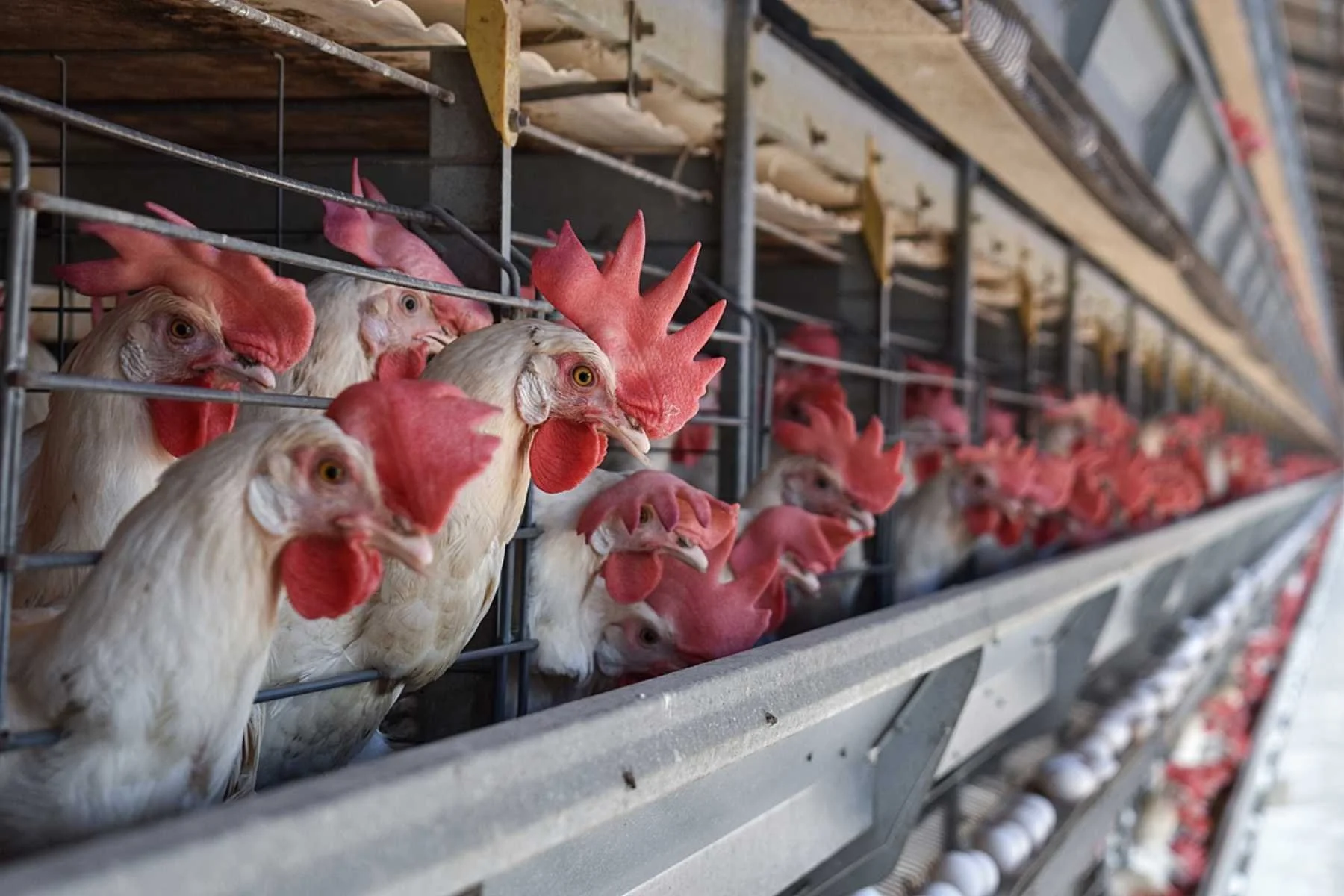Exposed: 12,000 Lions To Be Killed By ‘Tourist’ Hunters in South Africa
A two-year undercover investigation has found that thousands of cubs are bred each year, either to be shot and killed by trophy hunters, or skinned, deboned and boiled down for ‘medicinal’ consumption.
The harrowing scale of abuse that captive-bred lions face in the multi-million-dollar business of trophy hunting in South Africa, has been revealed in a shocking new book.
South Africa is the only country in the world that allows large-scale, captive-lion farming, as well as the export of lion bones.
Now, after two year-long undercover operations involving ex Special Forces, a new book, Unfair Game: An Exposé Of South Africa's Captive-Bred Lion Industry, shows how over 300 farms are breeding lions, with an estimated 12,000 captive-bred lions outnumbering wild lions in the country by a ratio of 4:1.
In this cruel industry, lions are among the most lucrative of all animals, with hunters paying up to $50,000 to shoot an adult male lion. In comparison, hunters can pay less than half that sum to shoot elephants and rhinos, while baboons command only a few hundred dollars.
The book’s author, Lord Ashcroft, says around 6,000 lion cubs are bred each year into the hunting industry.
These lions are bred in captivity solely for hunters to shoot and kill them during 'canned hunts' - enclosed spaces where the animals have no escape. Undercover footage obtained by Lord Ashcroft's team show how the lions are kept in cramped, filthy conditions, and are poorly fed. Disease is also rife, due to the rampant inbreeding.
The lions are drugged and bundled into crates, and driven for many hours to the hunt.
Undercover footage shows a distressed lion released from the back of a pick-up truck into a small enclosure, and within minutes, can be seen cowering in a tree. Videos were also obtained of lions being released and killed just hours later - despite South African law stating that a lion must be released 96 hours before it can be hunted.
In a further blow to conservation efforts, investigators learned that wild lion cubs were captured in Botswana and taken to South Africa to be sold into the industry.
"This revelation blows a hole in the argument that captive lions safeguard Africa's wild lion population - the reverse is true. Wild lions in South Africa are more endangered than ever. Experts say there may be none left by the middle of the century", says Lord Ashcroft.
Lord Ashcroft describes how the industry is often supported by unwitting holidaymakers, who pay to pose with, and walk alongside, lion cubs, unaware that the cubs have been torn away from their mothers, and are beaten and drugged if they don't 'perform'. Once they reach adulthood, many of these cubs will be shot down in canned hunts.
Even once the lions have been killed, their bodies are still monetized, as the skeletal remains are then sold to Asia, where they are valued for medicinal benefits, and as such can fetch around $4,000.
Given the zoonotic diseases carried by lions, and that in Asia the bones are consumed as part of cakes and wine, Lord Ashcroft fears that this poses a major global health risk.
"Experts have told me of their belief that a major public health incident will occur in Asia and Africa as a result of the lion bone trade - after the Coronavirus pandemic, for how long can South Africa afford to ignore these serious public health warnings?"
Lord Ashcroft is now calling for countries around the world to ban the importation of captive lion-bred trophies.
The book's release comes as a new bill in California is expected to pass the Assembly this week, Senate Bill 1175, which would ban the importation and possession of animal trophies from a list of endangered African species.
Earlier this year, the Trump administration allowed an African lion trophy to be imported for the first time since lions were recognized as an endangered species in January 2016.
More stories:
Species Unite
A collection of stories of those who fight the good fight on behalf of animals.




From an owl who taught a city how to hope, to the fight to restore collapsing kelp forests, to the urgent push for justice for animals harmed by human systems - these are the stories behind Species Unite’s most listened-to podcast episodes of 2025.